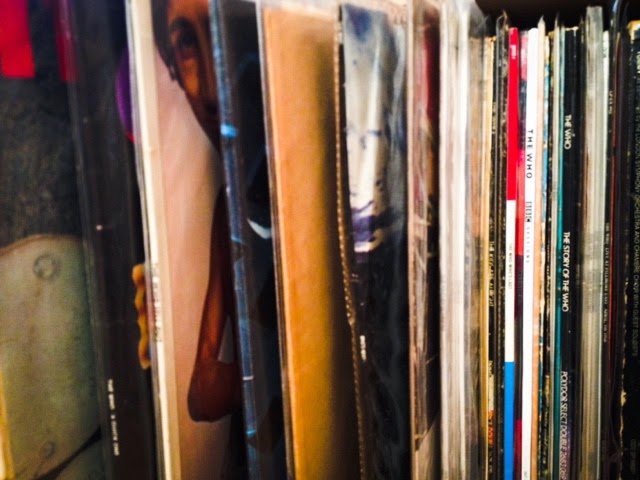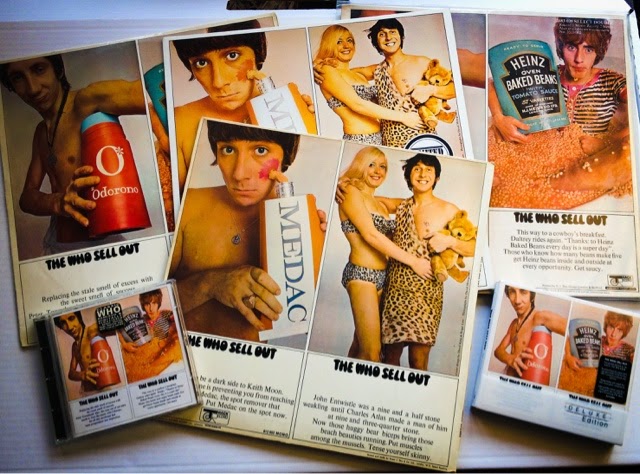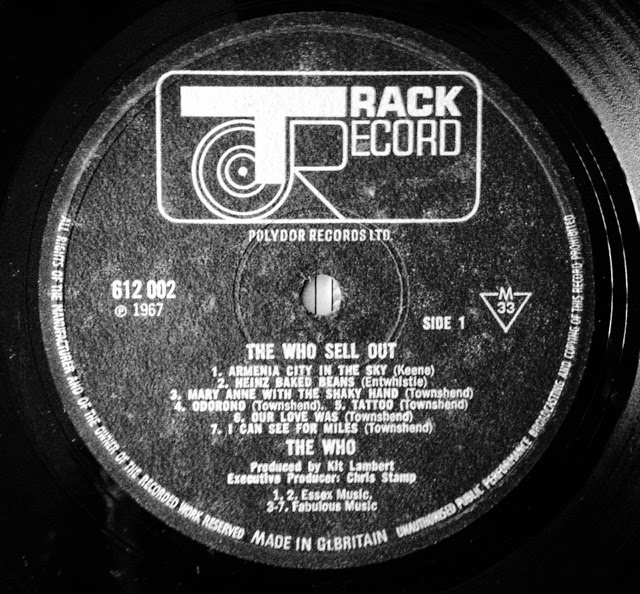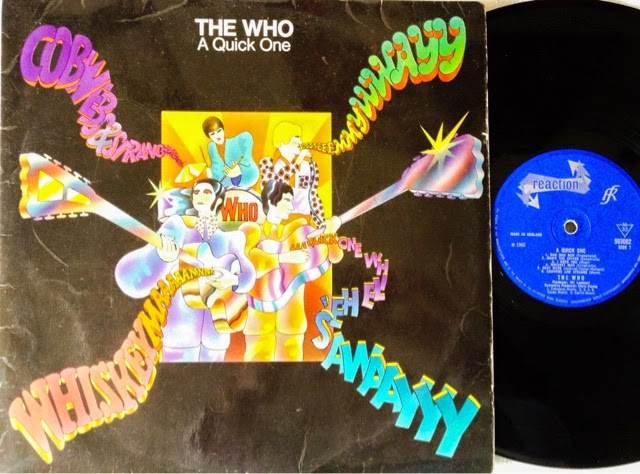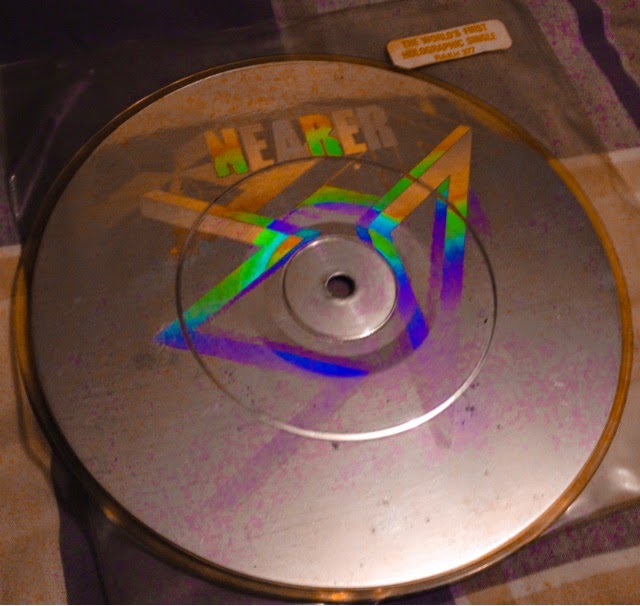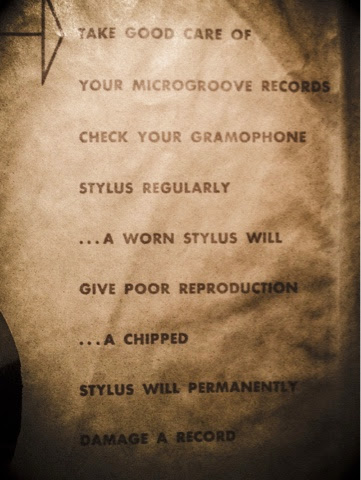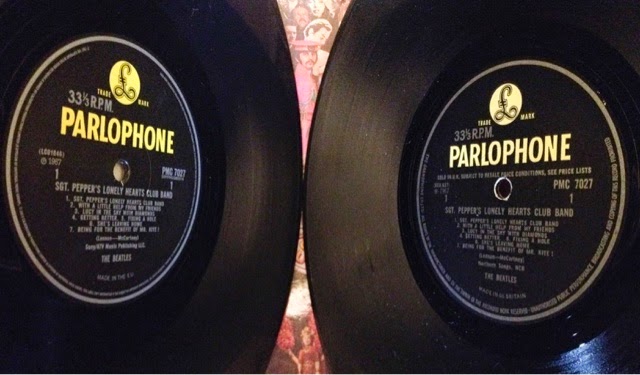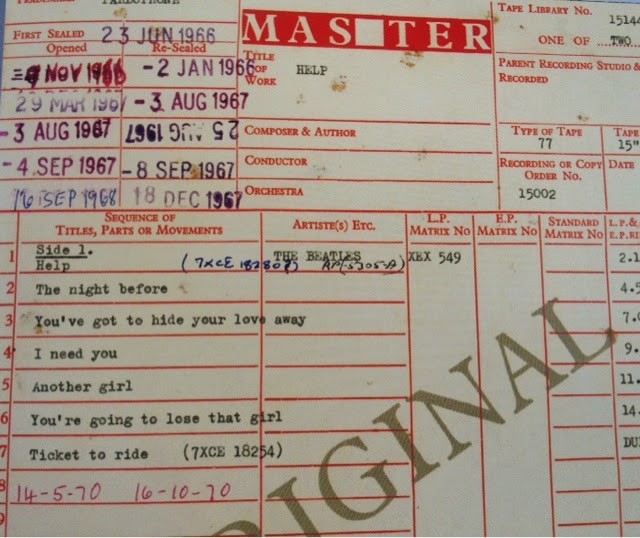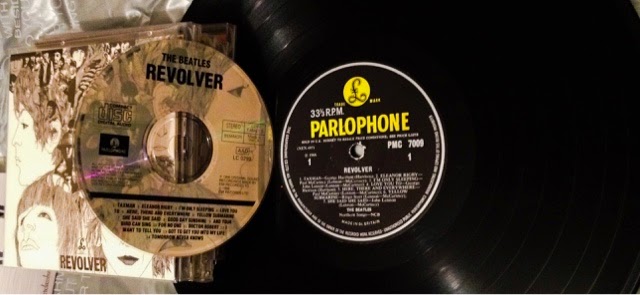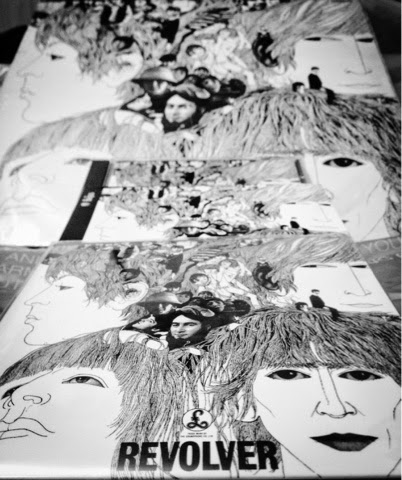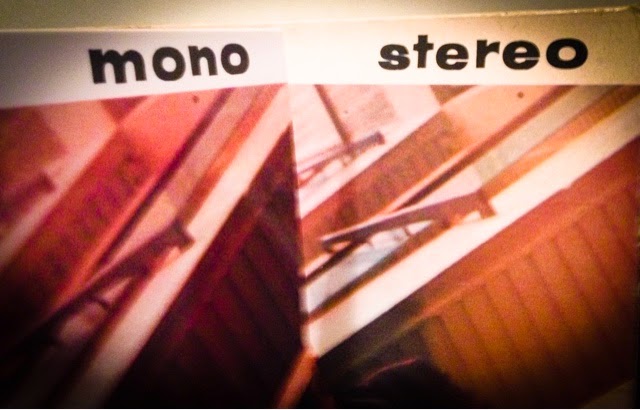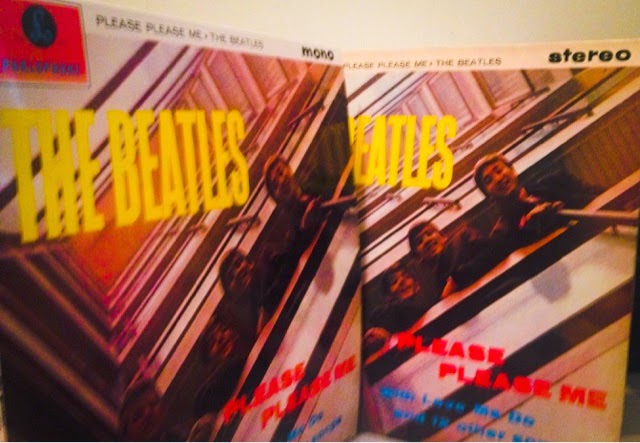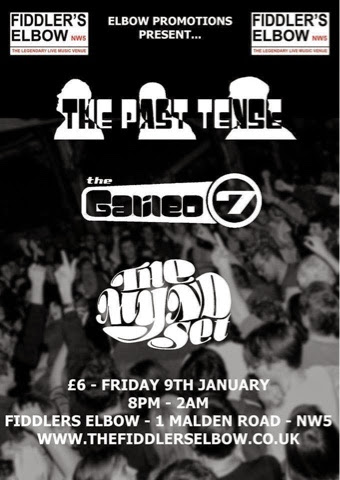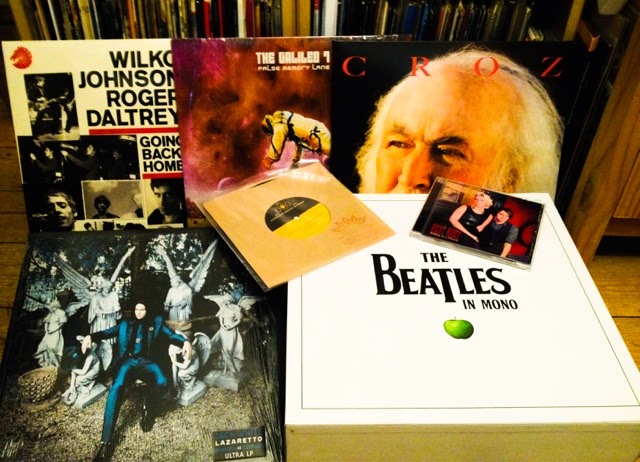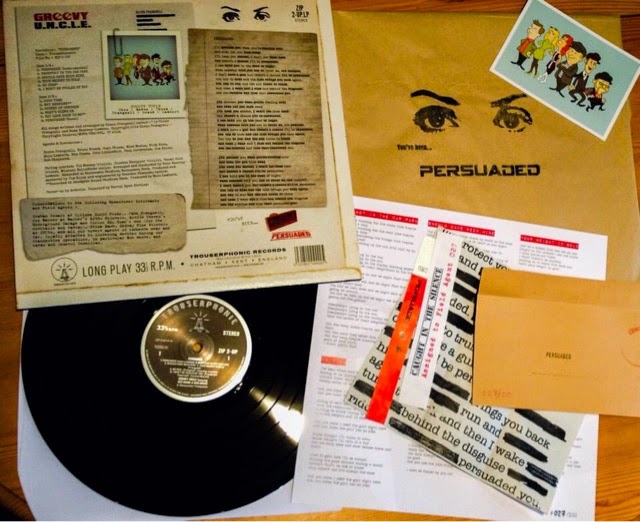The Beatles In Mono – Part 3: First Pressings V Re-Masters
2013 came and went, and there was no sign of the Mono Vinyl Box set, albeit one cut from lower resolution digital files.
Back in 1982, The Beatles ; The Collection, was released with much fanfare and high praise. This 14 record set covered the Beatles UK albums and the US Magical Mystery Tour. The original master tapes were sent by plane over to California, where they were half speed mastered by Mobile Fidelity Labs. This set along with individual albums that come onto the market, command some staggering prices. Are they worth it? For every person who loves them, there is another who doesn’t. The most common comment being that they sound very “scooped” (lots of treble & bass with not a lot of midrange) and if Magical Mystery Tour album sounds like it’s from a 6th generation master, that’s because it is. Many re-quote the information that this album was taken from the Capitol Masters, it’s a lot more interesting than that! Once Capitol had received their master in 67 (which itself was a third generation master), they re-mastered and copied it for their own pressings, made another copy and returned THAT one to Abbey Road EMI. When Mofi requested the Magical Mystery Tour master, Abbey Road made a copy of the copy that Capitol had returned, and then sent that over. I’ve never heard any of The Beatles Mofi releases, so for the third and final time I’ll leave it to Beatles Engineer Geoff Emerick to express what he thinks of the Mobile Fidelity remasters. Audiophile Michael Fremer was playing some of the Mofi versions for Geoff to see what he thought of them, he begged him to turn them off and stopped playing them.
Sean Magee had been cutting lacquers from the digital mono masters, ready for the scheduled 2013 release and wondered what the original tape masters would sound like. At this point, in steps producer Steve Berkowitz, who has a long pedigree of quality analogue re-issues. “The first thing I asked was, what shape are the original [tape] masters in?” Steve felt that George Martin, the engineering team and The Beatles had done a pretty good job that no one could improve on. From that point on Sean and Steve set about a meticulous program of listening to the masters and first pressings, along with making a new master for “Please Please Me” (the tape was fine but the glue in the edit’s was starting to break down) and new master tapes for Magical Mystery Tour and The Mono Masters LP.
When my mono box set arrived in early September, I spent the week just sitting and listening to these wonderful albums, I’ve never heard them sound so good, so clear and so absorbing, I felt totally captivated by these records. I opened the box and knew these albums were right, down to their sleeves, labels and even down to the way you pull the discs from Beatles for Sale & the White Album.
So how good are these re-issues in comparison to the first pressing?
I have several first pressing mono LP’s (Revolver & Pepper), whilst none of these are in mint condition, doing some back to back comparisons, to my ears these re-issues sound every bit as good as the first pressings. However, just to reiterate how accurate a job Magee & Berkowitz did, let me discuss my ”niggle” with this box set.
The LP Help has two tracks on side one, the title track “Help” & “You’re Gonna Lose That Girl” that to my ears seems to lack the clarity & “zing” of say “Ticket To Ride”. After a re listen to this album, I first checked the Mono CD box version, both of these tracks have more top end on them, as do every CD and stereo version I can find of this album. The 7” single version of “Help” which used the same master as the LP also sounds much clearer. To compare it with a first pressing, I would need to take a trip to the family vaults (Mum’s House) to get my ears on Help, (Side 1: XEX 549-2). Both of these tracks on this 1965 lp sound exactly the same, clearly the re-issue in this case has bowed to the decision and choices made at the time.
Was the original Mono LP mastered like this intentionally, all of the subsequent re-mastering/re-cutting would point to the fact that it wasn’t. Could it have been an oversight? I do know that both Help & “YGLTG” were bounced down, maybe the lack of top end on the master was an attempt to reduce tape noise and didn’t get the correct EQ treatment at the cutting stage?
What it does show, is just how accurate these pressings are.
The Mono Masters LP, along with various singles/ b side/ ep’s etc. has dedicated mono mixes of the Yellow Submarine tracks “Only A Northern Song”,” Hey Bulldog”, “All Too Much” & “All Together Now”. I was surprised just how good these unreleased mixes sounded, I prefer them to the original stereo & 99 mixes. So while this doesn’t have the original Yellow Submarine Mono mixes*, all you are missing on this set is “Abbey Road”,” Let It Be” and the single “The Ballad Of John & Yoko”, making this a great place to start collecting Beatle Records.
It’s a difficult sell, certainly not helped by EMI’s greedy re-issue program. This is the box that should have come out 5 years ago along with an analogue transfer of Abbey Road & Let It Be, the CD sets should have been double disc affairs (Disc 1 mono Disc 2 Stereo), etc. etc. I’m glad to see though that these albums have also been made available individually.
I can finally say with more than just a little faith and a wry smile, I believe that this is the last time I will ever need to buy these albums.
*= These mono mixes were a “fold-down” from the stereo. Imagine putting your left & right speakers together.
